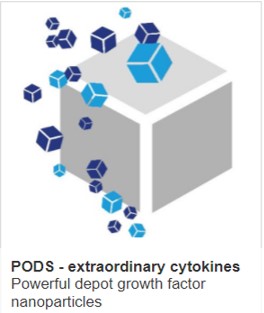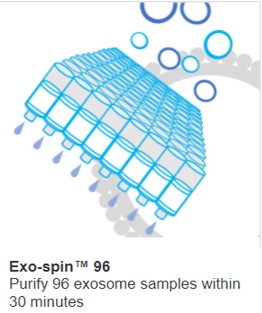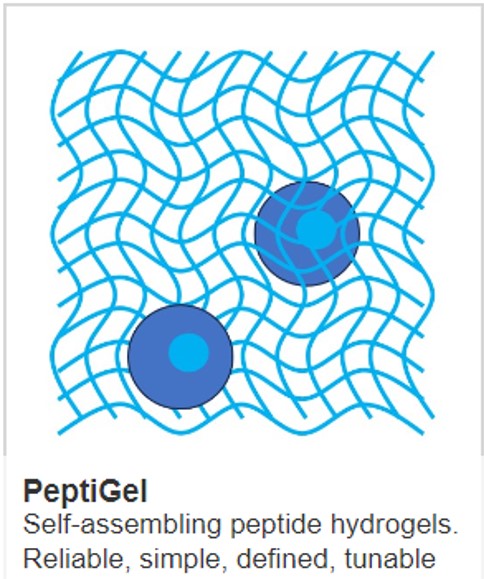Cell survival agents for Parkinsons disease cell therapy

Last week, two groups reported encouraging clinical trial results of iPSC-based autologous cellular therapy of Parkinson’s disease (PD). However, these may have been undermined by the poor survival of the implanted cells.
PD is characterized by a progressive loss of neurons located within the putamen, deep in the brain, that release the neurotransmitter molecule dopamine. Replacing these lost dopaminergic neurons through cellular therapy is a conceptually simple approach that has faced significant challenges in implementing,
Presently, many research groups have successfully generated dopaminergic neurons from human pluripotent stem cells (iPSCs) and implanted them into animal models of PD, resulting in functional recovery. Using such cells, two separate clinical studies led respectively by Jun Takashia and Viviane Tabar were recently reported in Nature.
Takashi’s group reported on the results of a Phase-I/II study conducted in Japan. Dopaminergic progenitor cells that were produced from the iPSCs were implanted on both sides of the brains of seven people with PD. 0.9 – 3 million cells were implanted with the hope that about 10% of them would survive. The focus of this study was to demonstrate safety, and the authors also monitored changes in motor symptoms and dopamine production. During the study period, no serious unwanted events (such as tumour formation) were reported, and implanted cells produced dopamine. The authors also observed a reduction in the adverse motor symptoms associated with PD.
In the Hinchliffe group study, clinical scores of PD symptoms decreased by 50% after 18 months compared to the baseline measurements taken before transplantation. Furthermore, brain scans with a radioactive version of levodopa confirmed the survival of transplanted cells and showed increased dopamine production. There was no incidence of dyskinesia (involuntary movement), which had been observed with earlier studies using fetal tissue transplantation.
These two studies were small and open (both the researchers and participants knew who received which treatment), which may have been subject to a placebo effect or investigator bias. Encouragingly, the fact that both independent studies have proven safe and have shown potential effectiveness is an important step towards establishing this cellular therapy for PD. The next phases of clinical research, phase II and III, are expected to fully evaluate the effectiveness of these interventions.
One specific limitation of the study is the percentage of implanted cells that survive. Cells that have been produced in vitro struggle to adapt to the new conditions in the brain when they are transplanted. As a result, 90-95% of implanted cells die within the first two weeks of implant. Increasing this rate of survival will likely lead to better clinical outcomes,
The use of survival agents is a promising strategy to achieve this. Small molecules known as Rock inhibitors (e.g. Y27632) are commonly used as survival agents in iPSC culture. Similarly, neuronal cells benefit greatly from the availability of so-called neurotrophic growth factors such as BDNF and GDNF. Since most of the implanted cells die within the fist two weeks, this may be the critical period when support is needed. But even supplying growth factors for this relatively short period of time deep into the putamen is challenging, PODS sustain release of growth factors from tiny protein crystals for 1-2 months. This has been shown to be effective in survival of otic neurons but has not yet been evaluated specifically with dopaminergic neurons.
IMAGE Dopamine levels in PD brains of patients receiving cell therapy treatment at baseline, 12 and 18 months CREDIT Tabar et al (Creative Commons)



